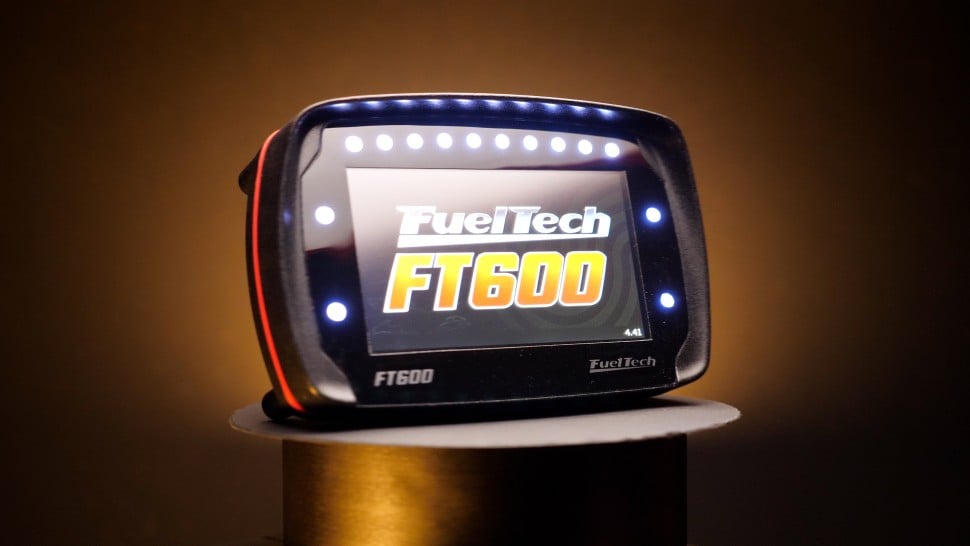What considerations go into tuning a 1300HP EV such as the Palatov D2EV?
While electric vehicles (EV's) have long been touted as the future of the performance world for a long time by many, the reality is between the costs, lack of aftermarket support and products that are not suited to motorsports have kept us waiting.
Thanks to the likes of Cascadia Motion, AEM Performance Electronics and their team including John Romero, aftermarket control for EV applications is gaining traction and in this interview from PRI we dive into some of the equipment required, what the main considerations are for an EV tuning compared to internal combustion engine (ICE) applications for motorsport.
Topics covered include the uniquely EV issues such as battery temperature related to output and how cooler isn't actually always better plus interestingly the difference between production line EVs like Teslas or Nissans Leafs and the way they DON'T manage this well. An AEM VCU can be used to give you power where and when you want it for motorsports applications by letting to focus on this aspect, and also even for a street application you will be able to 'tune' for longer battery life too.
We don't cover VCU tuning, yet, but if want to learn how to tune EFI start here instantly, and for free.
00:00 Intro
00:30 Why The VCU Was Created
01:47 How This Is Good News For Motorsport
03:10 Why An Inverter Is Required In EVs
04:57 VCU - Inverter Communication
06:18 Battery Condition Vs Output
07:45 Motorsports Vs Street/Production EVs
09:28 Battery Temperature Importance
09:56 Regenerative Braking Tuning
11:30 What Tuners Will 'Tune'
13:10 Downside Of Instant Response
14:19 Outro
![1300HP AWD EV | How To Tune An Electric Car AEM [TECH TALK] - Featured Image](/assets/Uploads/blog-posts/c7a1801163/Screen-Shot-2020-07-27-at-4__FillWzc4MCw0MzBd.39.36-PM.png)






Comments
No one has commented on this page yet.